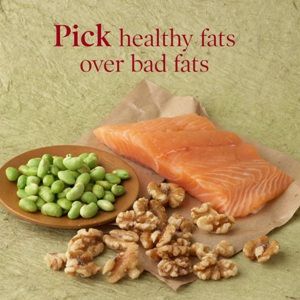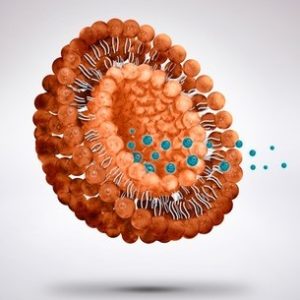High density lipoprotein, or HDL, is one of the main types of lipoproteins found in the bloodstream. Lipoproteins carry fat molecules through the blood, usually in a water-like fluid called serum, into the liver for storage. Lipoprotein molecules themselves are large, solid particles composed of several lipids. The cholesterol molecules are attached to the lipids via a series of lipids known as the lipoprotein molecule. When LDL or "bad" cholesterol takes up residence in the liver, a process called uptake, it begins to accumulate.
Triglycerides are fatty chemicals produced by the liver in response to a high level of LDL. When the triglycerides have become too big for the liver to process, they are expelled into the bloodstream. These fatty acids can either build up and clog the arteries, or they may simply attach to other fat molecules and become a source of energy.
The presence of a variety of LDL and triglycerides in the bloodstream makes the LDL-cholesterol level highly important to your health. In addition, low levels of HDL, or "good" cholesterol, may also be detrimental to the overall health of the patient. The main risk factors for having low HDL levels are obesity and cigarette smoking. In addition to being unhealthy, both of these risk factors increase the likelihood of cardiovascular disease, which is the leading cause of death in the United States. If you want to stay healthy and have a long life, you need to maintain adequate levels of LDL and triglycerides in your bloodstream.
There are many different ways to improve the levels of these two cholesterol molecules
The best way to increase the amount of LDL and triglycerides in your blood stream is to lose weight. Losing weight lowers the concentration of LDL but increases the concentration of HDL. Some experts recommend that a patient should not start a diet for lowering LDL until after the completion of a heart bypass operation. This means the patient must first have a good heart and coronary bypass surgery in order to benefit from this type of diet. This procedure decreases the amount of LDL that can enter the bloodstream.

If you don't smoke, your doctor will probably recommend a combination of dietary changes and exercise to help with your condition. Certain foods, such as fruits and vegetables, are good for lowering the concentration of LDL, while saturated fats like those found in fried foods, red meat and eggs increase the concentration of HDL. but only up to a point. Certain types of medications, including cholesterol medication and blood thinners, reduce the amount of LDL in the bloodstream, so patients on these medications need to reduce their intake. to a minimum.
Certain kinds of food, including whole grains, brown rice and oat bran, contain phytosterols, which are plant-based compounds that inhibit cholesterol synthesis. It's also possible to increase your LDL levels by taking a daily supplement containing these compounds. If your doctor recommends supplements with these antioxidants, take them for the recommended amount, rather than eating lots of fresh fruits and vegetables.
Foods rich in vitamin E also help to boost LDL levels
The amount of HDL and LDL in your blood is influenced by a number of factors, such as the amount of your HDL, your genetic makeup, the amount of LDL in your blood and how much of it in your bloodstream, and the state of your overall health. Because the LDL and triglyceride levels of patients who smoke or are overweight are generally very high, those individuals should work very hard to lose weight and keep their LDL and triglyceride levels low. to reduce their risks for heart disease and stroke. Smoking also increases the risk for heart disease, and stroke.
Diabetes can raise your HDL level, lowering the amount of LDL in your blood. The treatment used in such circumstances can lower the blood pressure. A certain protein in red meat called heme is oxidized in the presence of oxygen, making it less effective at binding to LDL, resulting in a lower concentration of LDL. Other proteins can also bind with LDL. So eating foods that are rich in antioxidants like blueberries, strawberries, onions, celery, peas, broccoli, carrots, broccoli, cauliflower and tomatoes, can be good for lowering LDL levels. If you want to lower your LDL levels, you may want to check with your doctor about a diet that contains a high amount of these antioxidant-rich foods.
